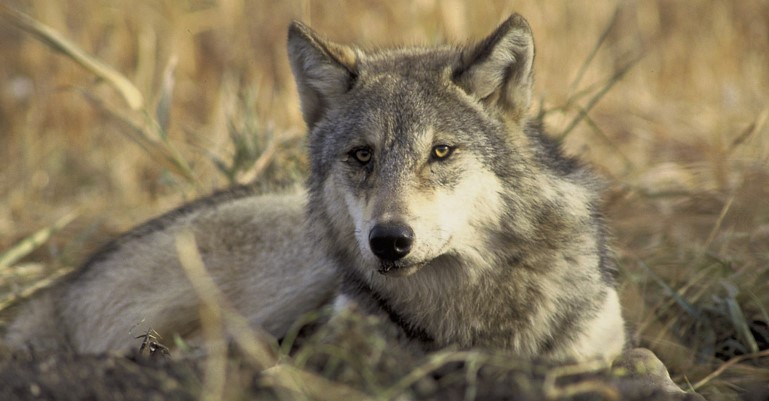Endangered Species Act Amendments of 2020 incentivizes voluntary conservation efforts by ranchers.
September 18, 2020

This week, Senate Environment and Public Works (EPW) Committee chairman Sen. John Barrasso (R., Wyo.) introduced the Endangered Species Act Amendments of 2020 that will improve the existing law by strengthening state and local partnerships, incentivizing voluntary conservation efforts undertaken by ranchers and other land owners and defend the Endangered Species Act's (ESA) delisting process for animals that have successfully recovered and no longer need protection. Through these changes and with targeted increases for specific areas of the ESA, the bill will improve species conservation and address key failures in the act.
The legislation reauthorizes the ESA for the first time since 1992, elevates the role of states and increases transparency in the implementation of the ESA. It also prioritizes resources to help meet conservation goals while providing regulatory certainty to promote recovery activities, Barrasso said in a statement.
On Sept. 23, 2020, the Senate EPW Committee will hold a legislative hearing on Barrasso’s bill.
“It is past time to modernize the Endangered Species Act. The status quo is not acceptable,” Barrasso said. “Species that go on the endangered species list seem to stay there forever and never recover to the point of coming off the list. My bill promotes the recovery of species and will allow local economies to thrive. State and local experts need to be leading efforts to protect local wildlife.
“This legislation will increase local input and improve transparency in the listing process. It protects endangered species and helps communities invest in more conservation and recovery activities,” Barrasso added.
The National Cattlemen’s Beef Assn. (NCBA) and the Public Lands Council (PLC) celebrated the introduction of what they called critical legislation.
"This legislation is about improving an outdated law so that it meets current needs. It is about helping every American cattle producer that has lost a calf to a federally protected bear or wolf and for landowners who face stringent regulation that doesn’t meet the habitat needs on the ground," NCBA president Marty Smith said. "I am glad to see a bill recognize that the best conservationists are the ranchers and farmers on their operations every day taking care of the land and feeding the country."
PLC president Bob Skinner said, "For too long, ranchers have been forced to deal with an antiquated law that does not recognize the expertise or the conservation done by those who actually live, work and manage our rangeland. Ranchers are the original conservationists, and nowhere is that more true than in the West, where millions of acres are managed primarily by ranchers whose daily presence on the landscape allows them to sound the alarm when species need additional help. This bill values the contributions of ranchers and other state experts, who will develop stronger recovery plans together."
The Endangered Species Act Amendments of 2020 empowers states to lead recovery planning, implementation planning, recovery teams and implementation teams if states determine that they have the appropriate capacity. The bill also requires negotiation with states prior to releasing an experimental population of a species and to give input from state experts “full and fair consideration” as the federal agencies implement ESA protection measures.
Voluntary conservation measures are key to the success of ESA recovery efforts, and the bill allows federal agencies to consider certain voluntary conservation measures as regulatory mechanisms under the ESA. This means that voluntary conservation measures undertaken by ranchers and landowners will be factored into ESA determinations and recovery plans. It includes provisions to enhance the federal/state conservation partnership and to encourage conservation through regulatory certainty, increased transparency and resource prioritization.
The bill also codifies a prioritization system developed and implemented by the Obama Administration that has generally received broad support across the political spectrum. The prioritization system addresses listing petitions, status reviews and proposed and final determinations based on the urgency of a species’ circumstances, conservation efforts and available data and information in order to determine which species are the most imperiled and should be prioritized higher.
Notably, the bill also reauthorizes the ESA for the first time in almost 30 years. It increases the authorization of appropriations by approximately 15% over currently appropriated levels, which largely have been adjusted only for inflation, and focuses funding on recovery plan implementation and voluntary conservation efforts by private landowners.
You May Also Like


.png?width=300&auto=webp&quality=80&disable=upscale)
